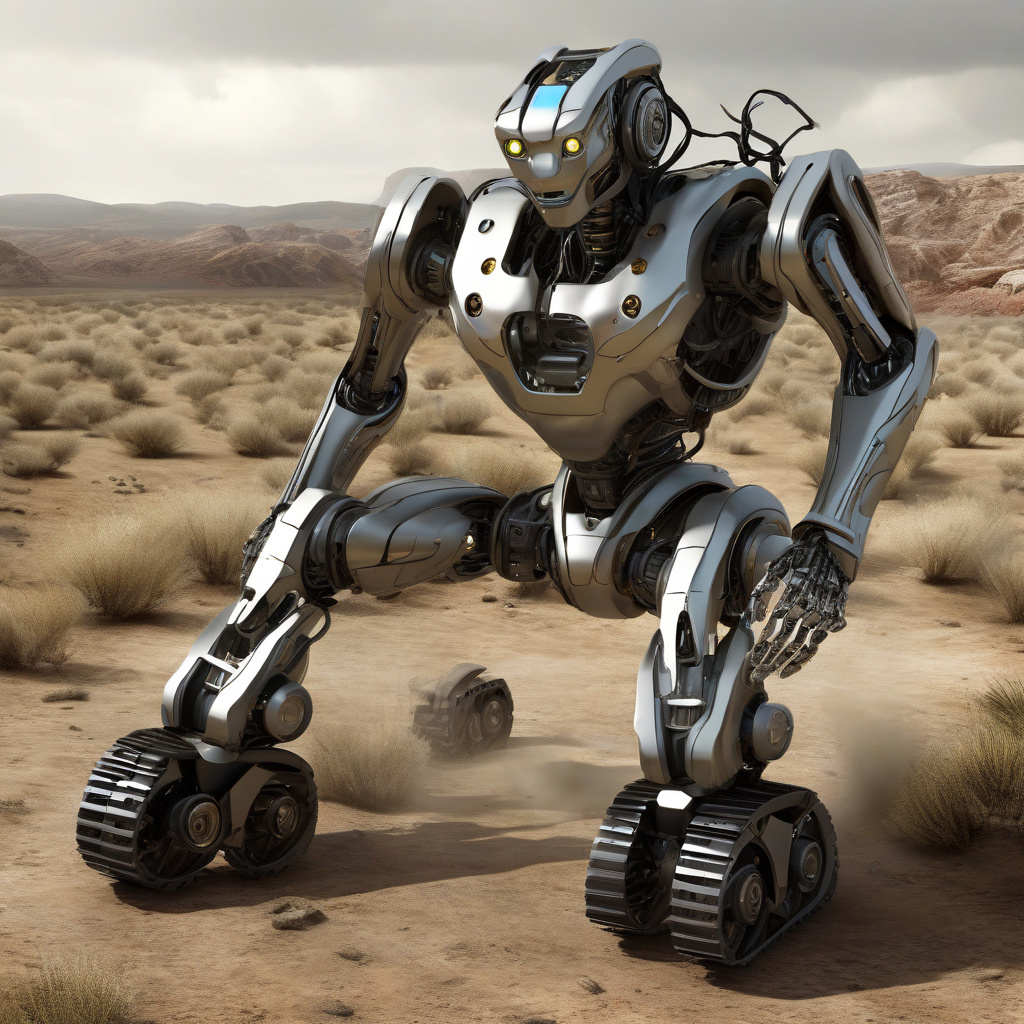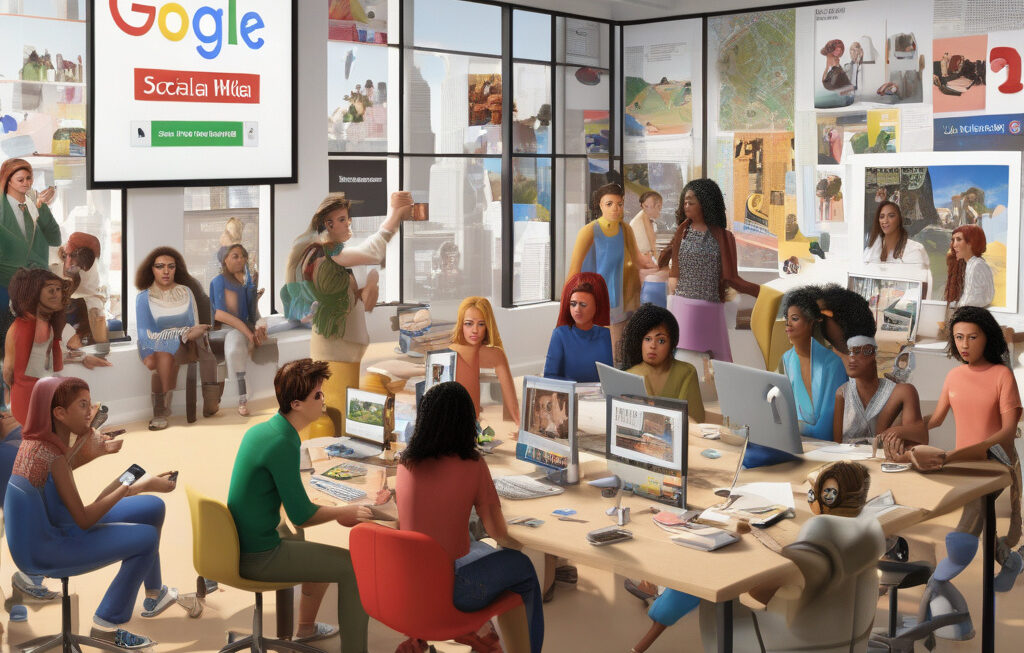Video: China’s humanoid robot turns wheels into feet to conquer all terrains
Chinese robotics firm Agibot has unveiled the X2-N, a humanoid robot featuring a dual-mode locomotion system that allows it to seamlessly transition between wheeled and legged movement, revolutionizing the way robots navigate various terrains. This innovative technology showcases the intersection of robotics and artificial intelligence, offering a glimpse into the future of autonomous machines.
The X2-N’s ability to adapt to different surfaces by transforming its wheels into feet enables it to overcome obstacles that traditional wheeled robots would find challenging. This versatility is a game-changer in industries such as search and rescue, disaster response, and exploration, where navigating rough terrain is crucial. By mimicking human-like movement, this humanoid robot can access hard-to-reach areas while maintaining stability and agility.
One of the key advantages of the X2-N is its efficiency in energy consumption. By utilizing both wheels and legs, the robot can conserve energy on flat surfaces by using wheels and switch to legs for more demanding terrains, reducing overall power consumption and extending its operational capabilities. This blend of mobility options not only enhances the robot’s performance but also prolongs its mission endurance, making it a valuable asset in long-duration tasks.
Moreover, the X2-N’s advanced sensors and AI algorithms contribute to its exceptional navigation skills. By constantly analyzing its surroundings and making real-time decisions, the robot can autonomously plan its path, avoid obstacles, and optimize its movements for efficiency. This level of autonomy is a significant step forward in robotics, bringing us closer to a future where intelligent machines can operate independently in dynamic environments.
The applications of the X2-N are diverse and far-reaching. In industrial settings, it can assist with complex tasks that require both mobility and dexterity, such as warehouse logistics or manufacturing processes. In the field of healthcare, the robot’s ability to navigate crowded or uneven spaces could support patient care in hospitals or aid in disaster relief efforts. Its potential in research and exploration, from archaeological digs to space missions, is also promising.
As technology continues to advance, we can expect to see more humanoid robots like the X2-N pushing the boundaries of what is possible. By combining innovative design with intelligent systems, these robots are not only expanding our capabilities but also challenging our perception of what robots can achieve. The X2-N serves as a prime example of how creativity and engineering can come together to create groundbreaking solutions for real-world challenges.
In conclusion, Agibot’s X2-N humanoid robot represents a significant leap forward in robotics technology, showcasing the potential of dual-mode locomotion systems to revolutionize how robots move and interact with their environment. With its ability to seamlessly transition between wheels and legs, navigate complex terrains, and make autonomous decisions, the X2-N sets a new standard for versatility and efficiency in robotic systems. As we look ahead to the future of robotics, innovations like the X2-N remind us of the endless possibilities that lie ahead.
robotics, AI, innovation, technology, agility












